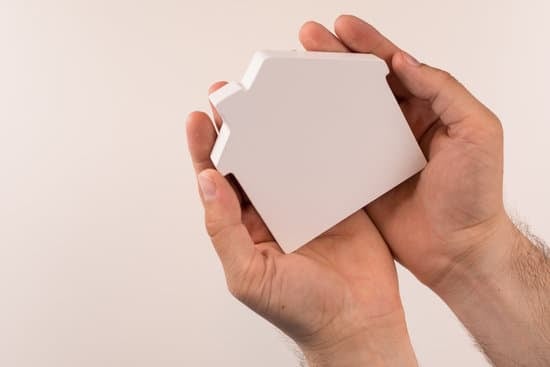The Benefits of Dehydrating Food for Preservation
Dehydrating has long been known as one of the best methods for preserving food. The process of removing all of the moisture from food items keeps them preserved for longer periods. Unlike other methods, dehydrating not only extends the shelf life of your food, but it also retains most of its nutritional content. Another major advantage of dehydrating food is that it takes up far less space than other preservation methods. This makes it ideal for people who want to stock up on food items but have limited storage space.Understanding the Dehydration Process for Food Preservation
Dehydration is a simple process that involves removing the moisture content from food in order to prolong its shelf life. A dehydrator uses heat and air flow to vaporize the moisture content of food by circulating dry, hot air around it. This process can take anywhere from several hours to several days to complete, depending on the type of food and the desired level of dehydration. The end result is a food item that has a very low moisture content and can be stored for long periods without the risk of spoilage. Important Tip: It is important to dehydrate food properly to ensure it lasts as long as possible. Always read the instructions that came with your dehydrator and follow the recommended guidelines for each type of food.Which Foods Can Be Preserved with a Dehydrator?
Many different foods can be preserved using a dehydrator. Fruits such as apples, bananas, and strawberries can be sliced and dried for a healthy snack alternative that lasts longer than fresh fruit. Vegetables like carrots, peppers, and tomatoes can all be dehydrated and used in soups or stews. Meat can also be dehydrated and used for jerky or in other recipes as well. Important Tip: Some foods require pre-treatment before dehydrating, such as blanching vegetables or marinating meat. Be sure to research each type of food before dehydrating to ensure the best results.Best Practices for Storing Dehydrated Foods
Storing dehydrated food is relatively easy and straightforward. After dehydrating your food items, it is important to store them in airtight containers in a cool, dry place away from direct sunlight. Oxygen absorbers can also be used to help keep moisture levels low, which helps extend the shelf life of your food even further. Avoid storing dehydrated foods in the freezer, as this can actually increase the moisture content, which can lead to spoilage. Important Tip: When storing dehydrated foods, be sure to label them with the date and contents. This will help you keep track of which items to use first and when they were prepared.Dehydrating vs. Other Preservation Methods: Which Lasts Longer?
When it comes to preserving food for the long-term, dehydrating is the clear winner. Dehydrating eliminates all moisture from food, which greatly reduces the risk of spoilage and extends the shelf life of the food item. Canning and freezing are also popular methods for preserving food, but they don’t last quite as long as dehydrated foods. Canned foods typically last 2-3 years, while frozen foods can last up to a year before they begin to lose their quality.Creative Ways to Use Dehydrated Foods in Everyday Cooking
Dehydrated foods can be used in a variety of ways to add flavor and nutrition to your everyday meals. Here are a few creative ideas:- Add dehydrated vegetables to soups and stews for added texture and flavor.
- Create your own trail mix by combining dehydrated fruits and nuts.
- Grind dehydrated vegetables into a powder to use as a seasoning for meat, fish, and poultry dishes.
- Crush dehydrated fruit to sprinkle over yogurt or oatmeal as a healthy breakfast option.





















